“I don’t want to go to school.” “I will only go to ballet if you stay.”
This time of year, as school approaches, brings to mind the excitement of seeing friends, meeting new teachers and starting new activities. Yet for some kids, of any age, starting school brings up fears and anxieties, causing difficult transitions for parents and children.
Let’s stick with this fear for a minute. A strategy that may help your child cope with her fear of starting school, especially a kindergartener or a student new to the school, is to do a “dry run” with your child. Play in the playground together before September, tour the classroom and meet the teacher if possible. Talking about a fear is useful, but physically practicing it is even more effective.
I would like to introduce you very briefly to children’s’ fear, and then list some strategies to help your elementary school age child cope with their fear. These strategies are simple, easy for your child to do, with your support, and the ones I encourage kids to use.
Fear is the response to a real or imagined perception of danger, accompanied by physical symptoms (increased heart rate, sweating, muscle tension). Anxiety is the mind and body’s reaction to stressful, unfamiliar or dangerous situations accompanied by uneasiness, distress, or dread.
It is normal for kids to feel afraid at times. What kids feel afraid of changes as they grow and develop, and are often temporary. Some fears are common and normal at certain ages. For example, children ages 5-6 often have a fear of being separated from you. They start to see outside of themselves and realize that bad things can happen to the people they love. They might want to avoid school or sleepovers so they can be with you and know that you’re safe and sound.
Typical childhood anxieties and fears are often things that are new, big, loud or different. As a parent, you can make a big difference in how a child handles these fears. The goal is not to get rid of all fears completely, but to make them manageable.
Help your unique child discover and use calming strategies that work for her.
Calm Down Strategies:
- DRINK WATER and make sure your child is well hydrated. The brain is 85% water! When you are dehydrated muscles tense up, hormones imbalance, and anxiety increases!
- “I AM HERE FOR YOU AND YOU ARE SAFE”. Give your child a hug and verbally acknowledge their feelings.
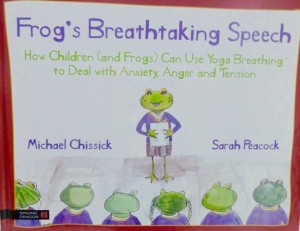 This shows them that they are understood and you are committed to help them overcome their fear
This shows them that they are understood and you are committed to help them overcome their fear - DEEP BREATHING! Slows down the heart rate so more oxygen goes to the brain and muscles to stop the flight to panic, thus causing a feeling of physical calm. Practice with your child during calm times so they can establish a relaxation technique to use during more stressful times. Read the book with them to practice, Sitting Still Like a Frog by Eline Snel and The Breathing Bridge by Annie Buckley

- Woodchopper Breath. Provides a real emotional release.Stand with legs apart, arms overhead with palms together. Take a deep breath in, energetically, on a big exhale and “HUH”, bring arms down between legs.Practice blowing up an imaginary balloon, pick a color. My favorite – use a breathing buddy, such as a small stuffed animal that they can watch ride up and down on their bellies as they lay on their backs and deep breathe.
- LISTEN TO MUSIC, with headphones, especially calming CDs and nature sounds. Two of the songs that are soothing and I play for my kids in my yoga classes during relaxation are Magnificence by Daphne Tse and Ordinary Miracle by Sarah McLachlan. Dan Gibsons Solitudes and Reiki music by Llewellyn offer calming sounds of nature
- DRAW A PICTURE Drawing, painting or doodling about an anxiety provides kids with an outlet for their feelings, especially when they can’t use their words.
- READ with your child.
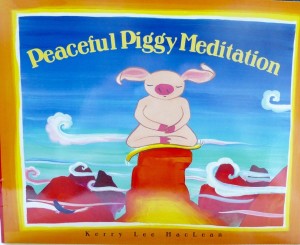 Books can be helpful when they show kids coping with fears. They may provide information about the problem, help children become aware that others have dealt with a similar problem, and promote relaxation, fun and new coping skills. (See book list at end of Blog)
Books can be helpful when they show kids coping with fears. They may provide information about the problem, help children become aware that others have dealt with a similar problem, and promote relaxation, fun and new coping skills. (See book list at end of Blog) - EXERCISE releases endorphins, chemicals naturally produced by the nervous system to cope with pain or stress. Jumping Jacks, Jogging, Yoga, Child’s Pose with massage , *Walk in Nature, Stretch, push against a wall , Progressive muscle relaxation

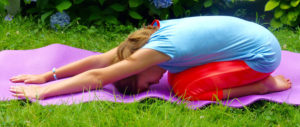
- MEDITATE Make a Meditation Jar/Calm Down Jar http://mariposakidsyoga.com/meditation-jars/
- .PET a FURRY FRIEND According to research, petting a furry animal decreases the heart rate and
BOOKS TO HELP CHILDREN COPE WITH FEARS
The Berenstain Bears Go to School by Stan and Jan Berenstein, a sympathetic story about Sister Bear, who conquers her fear of starting kindergarten. The perfect story to read the last few weeks of the summer, may help ease those first day fears.
Franklin Goes to School by Paulette Bourgeois
When My Worries Get Too Big by Kari Dunn Baron
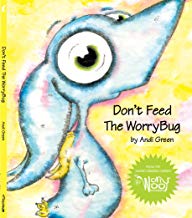 Don’t Feed the Worry Bug by Andi Green
Don’t Feed the Worry Bug by Andi Green
Worry Says What? by Allison Edwards
Scaredy Squirrel books by Melanie Watt – a friendly but timid squirrel tackles his different fears
It Happens to Everyone by Bernice Myers, explores feelings everyone has on the first day of school
Sitting Still Like a Frog: Mindfulness Exercises for Kids (and Their Parents) by Eline Snel
Frog’s Breathtaking Speech by Michael Chissick
The Breathing Bridge by Annie Buckley
What To Do When You Worry Too Much: A Kids Guide to Overcoming Anxiety by Dawn Huebner
Franklin in the Dark by Paulette Bourgeois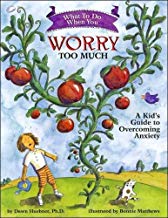
Franklin Books
Berenstein Bears Books
Michael is Brave by Helen Buckley
Ira Sleeps Over by Bernard Waber
Who’s Afraid of Ernestine? by Margarie Scharmat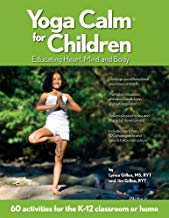
Peaceful Piggy Meditation by Kerry Lee MacLean
Yoga Calm for Children by Lynea Gillen and Jim Gillen
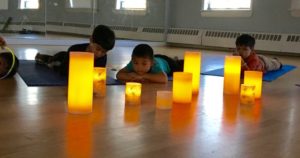
Leave a Reply